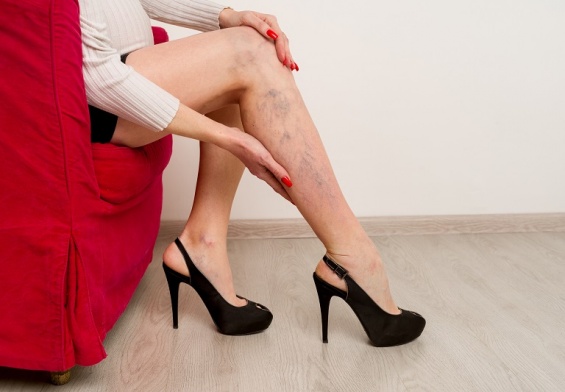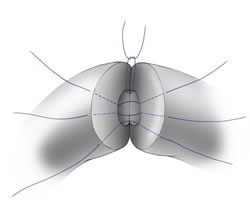Recent history has seen much new advancement in the world of medical technology, which has lead to a variety of new treatments and techniques for a host of conditions. There have been many new developments for the treatment of varicose veins. Varicose veins are an extremely common condition, with some studies showing that up to half of adult women and many men will experience them at some point. There are many factors that contribute to the development of varicose veins such as genetic predisposition or lifestyle choices such as professions that require standing for long periods of time. In the past, the only options for removing varicose veins were invasive, surgical-type procedures. Those days are gone; modern medicine has developed a number of minimally invasive and nonsurgical options for the removal of varicose veins. Venefit in New Jersey is one of the more popular nonsurgical options for a few reasons. Many patients like the fact that the procedure requires very little recovery time. It has also become quite popular because it carries very few risks and also has little chance of leaving patients with scars after they have healed.
In order to understand how the Venefit procedure works, it’s important to have a good understanding of how varicose veins develop. The veins in the legs have one-way valves that keep blood from flowing back toward the feet with the pull of gravity when the heart is in between beets. As these valves become weak or wear out they allow blood to flow backward, away from the heart. This leads to bloated veins where the blood is allowed to pool and stagnate. This pooling causes the twisting and discoloration that is associated with varicose veins.
How Does Venefit Work?
The basic idea behind the Venefit procedure is to close off damaged veins so that the blood will reroute itself naturally through healthier veins. There are a variety of procedures that aim at doing exactly this. The difference with Venefit is that it utilizes radio frequency energy to function. When having the procedure done, a doctor will use an ultrasound machine to help insert a tiny catheter into the damaged vein through a small cut in the skin. Once inside, the catheter is energized via radio frequency that heats the vein, collapsing it by contracting the collagen in the walls of the vein. This will effectively seal off the vein from blood flow. Once the vein has been sealed off, the blood will naturally find another route through healthier veins. The swelling and bloating of the veins will naturally go down as the blood moves through other channels.
One of the best parts about Venefit is that it is an outpatient procedure, taking only about thirty minutes on average. The physician will use a local anesthetic instead of a general one, which requires less recovery time after the procedure and carries less risk. After the procedure the doctor will bandage the patient and send them on their way with the advice to walk around to increase blood flow and avoid standing for long periods of time. Most patients are back to normal the next day following the procedure.
What Risks does the Venefit Procedure Carry?
While Venefit is a simple and rather minimally invasive procedure there are a few risks associated with it. These risks are minimal and most procedures take place without complications. Any procedure where something is injected into the skin carries the risk of local infection and Venefit is no exception. Having the procedure done in a quality environment by a competent physician will greatly reduce the likelihood of infection or other problems. Occasionally some patients might experience temporary bruising or swelling at the sight where the work has been done. This typically goes away rather quickly. The risks that are associated with Venefit can be greatly reduced by choosing a qualified and experienced medical professional to perform the work. You’ll want to make sure the individual is qualified and has all of the required documents to be doing the procedure. It’s also important to look for someone with a lot of experience performing the procedure. In general, Venefit is very safe but it’s always wise to find a good physician and discuss the risks for your personal situation prior to having the procedure done.
What are some of the Advantages to Venefit?
Venefit offers several advantages over other procedures that have made it very popular for the removal of varicose veins. Many patients like that Venefit is designed to be an outpatient procedure that requires little down time afterward. This means they can have the procedure done and be back to normal life the next day. Also, since the procedure is very simple, there is little chance of complications or side effects. Venefit rarely leaves scars on patients. This is because the size of the incisions that are used to insert the catheter are tiny and heal quickly.



